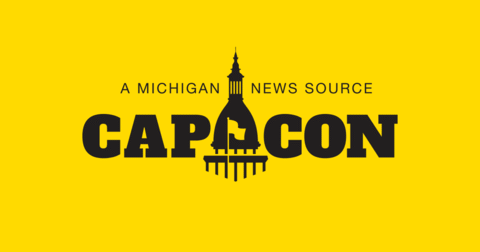Consumers Are Best Arbiters of Auto Market
Electric and hybrid vehicles take back seat at this year's Detroit auto show
DETROIT — Government bureaucrats who think they know best what people should buy and drive need to spend some time at the Detroit auto show.
If they did, they’d see that people spend about as much time looking at hybrid and electric cars as they do flossing.
That was evident again Monday when the international media descended upon Cobo Center to kick off the North American International Auto Show. They flocked to the new Corvette Stingray and kicked a lot of truck tires.
Occasionally, someone stopped to see what was plugged in.
Therein lies the state of the automotive industry in America. Despite what environmental activists and some members of Congress want, consumers are king and they’re still mostly interested in sedans, SUVs and trucks.
“Ultimately, it’s the market that matters,” said David Cole, chairman emeritus of the Center for Automotive Research in Ann Arbor and chairman and co-founder of AutoHarvest Foundation. “The consumer is the voter.”
The numbers back that up. Ford Motor Co., for example, sold more F-150 trucks last year than any other vehicle in its portfolio and the truck has been the nation’s No. 1 selling vehicle for almost every month of the last 30-plus years. For 2012, three of the top five best-selling vehicles were pickups.
Ford sold more than 645,000 F-150 pickups last year, and in the month of December alone sold more than 2,200 a day. By comparison, Ford sold 245,922 Focuses last year.
Auto executives I talked with Monday said they expect most consumers will continue buying big, with a move among first-time buyers to smaller vehicles. But even those buyers trade up to bigger vehicles as they get older and earn more.
However, to a person, the executives I spoke with said that if the government’s long-term fuel restrictions are not adjusted, consumers will see the price of cars and trucks increase by far more than the $2,500 the government estimates the standards will cost.
By 2025, vehicles will have to meet an average of 54.5 miles per gallon, double the current standard. That will add $5,000 or more to the price of new cars and trucks, depending on the make and model, executives said.
Automakers are working to meet fuel rules that were designed without regard to market or consumer demands, and they'll continue to do so. But the industry and the economy will be much better served if government gets out of the way and quits driving blind.
Michigan Capitol Confidential is the news source produced by the Mackinac Center for Public Policy. Michigan Capitol Confidential reports with a free-market news perspective.


 Detroit Auto Show gets $8M boost from Michigan taxpayers
Detroit Auto Show gets $8M boost from Michigan taxpayers
 Consumers Energy requests another rate hike one week after approval of $154 million increase
Consumers Energy requests another rate hike one week after approval of $154 million increase
 Auto buyers have good reasons for avoiding e-cars
Auto buyers have good reasons for avoiding e-cars

 Michigan Education board member claims funding cuts after record funding
Michigan Education board member claims funding cuts after record funding
 Michigan pushes $762M pre-K expansion while K-12 performance declines
Michigan pushes $762M pre-K expansion while K-12 performance declines
 In Detroit schools, nothing succeeds like failure
In Detroit schools, nothing succeeds like failure